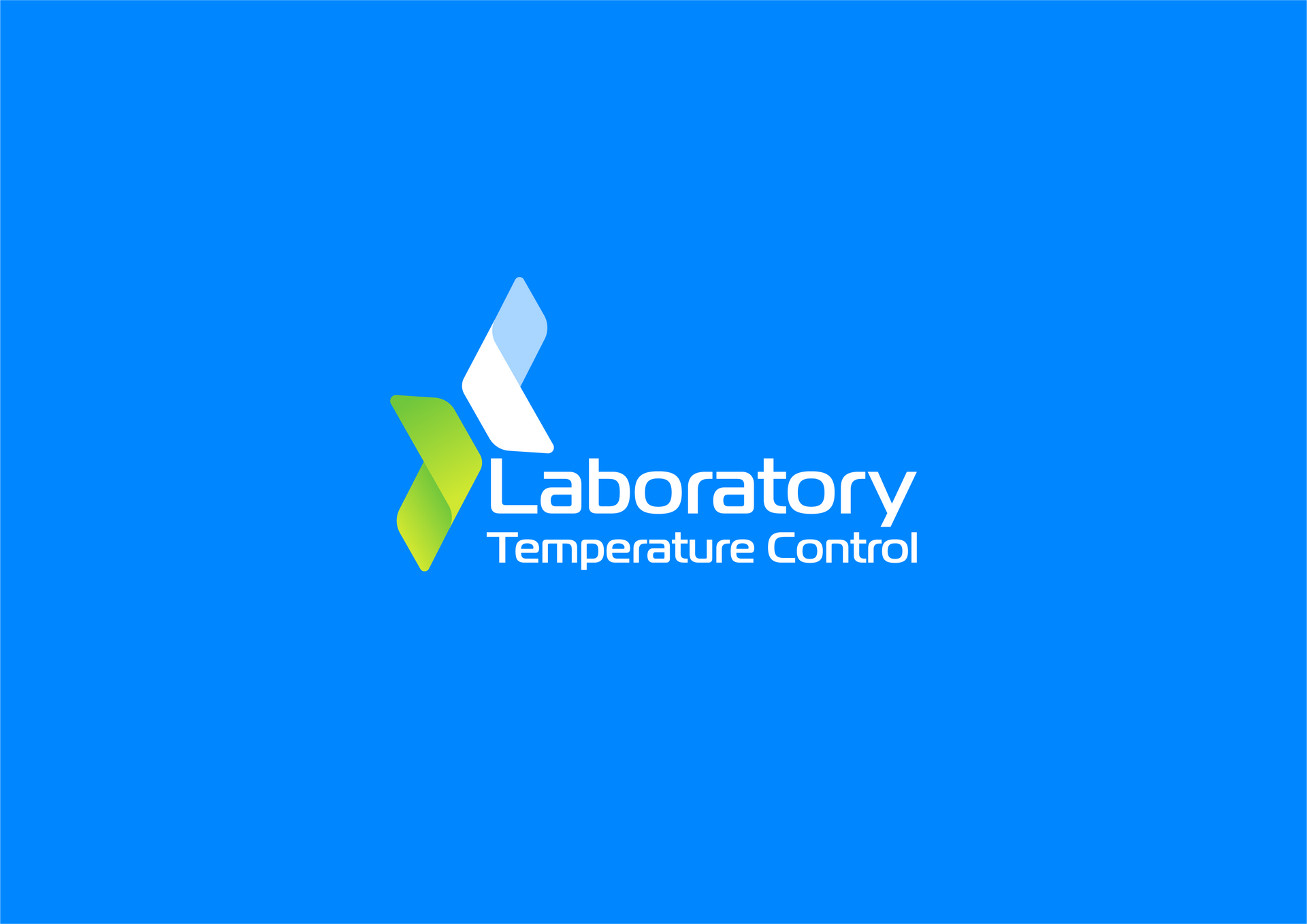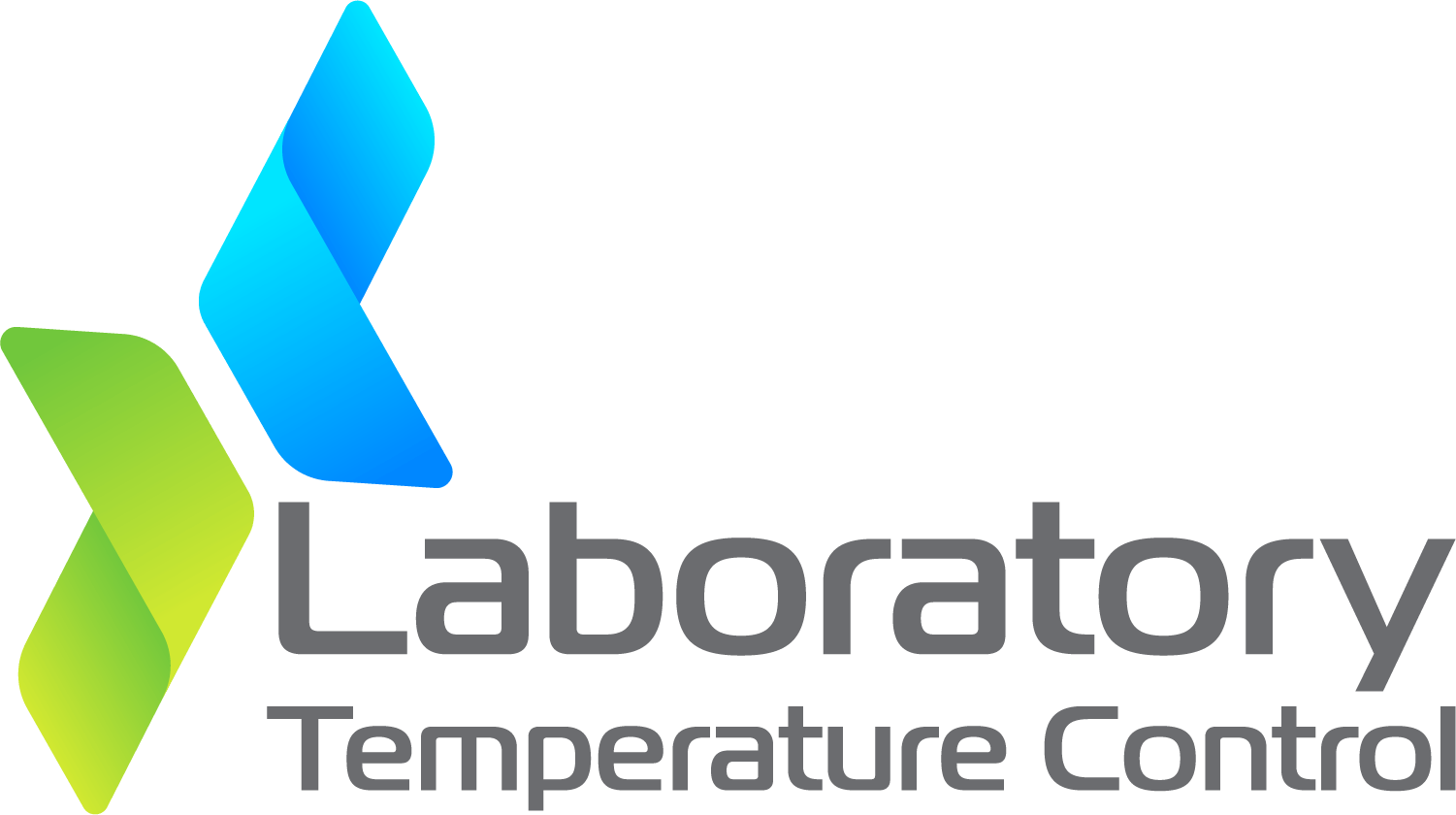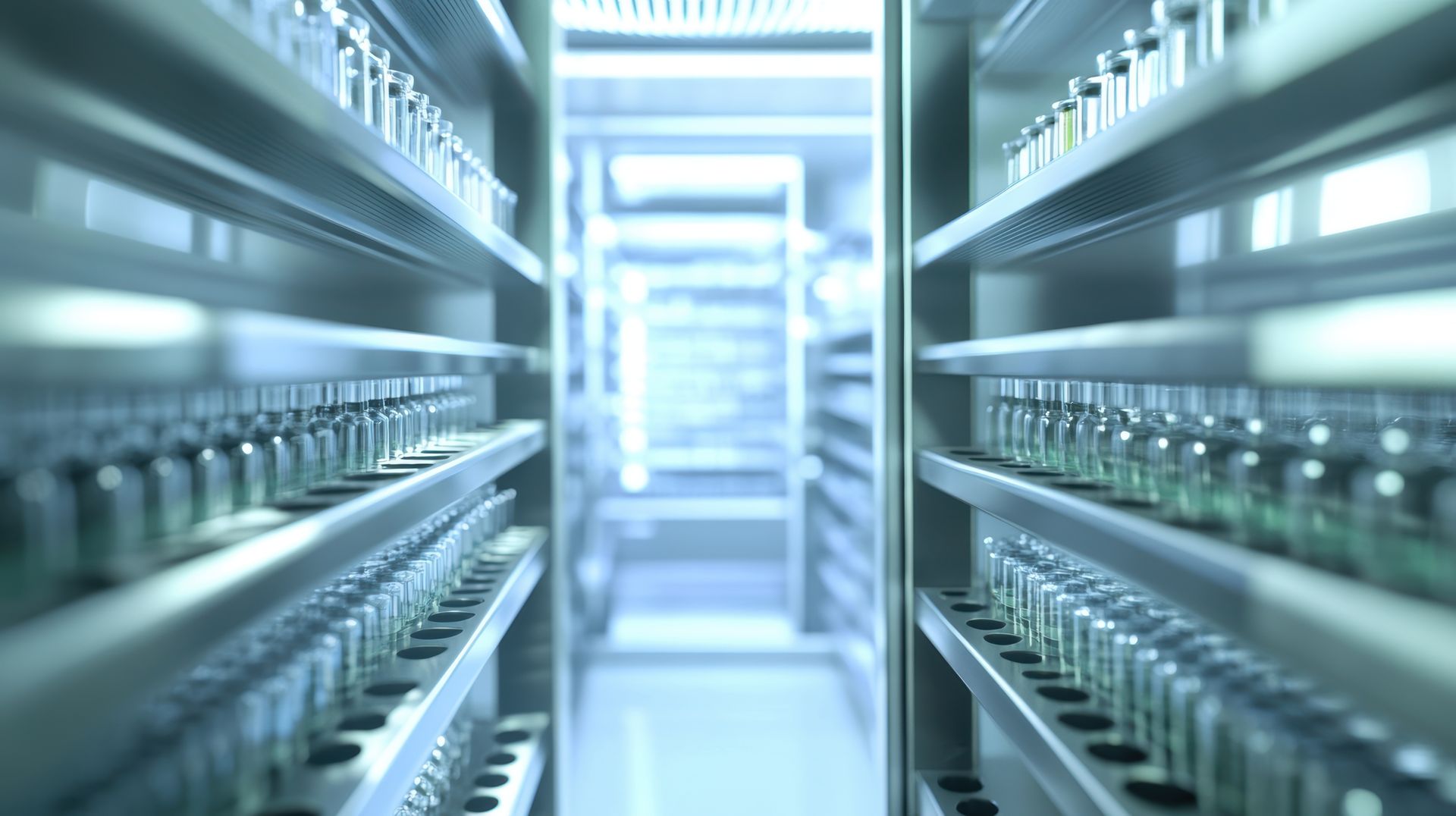Top 5 Temperature Control Challenges in Pharmaceutical Manufacturing — and How to Solve Them
Introduction: Why Temperature Control Is the Heart of Pharmaceutical Quality
In pharmaceutical manufacturing, temperature precision can make or break product integrity. Every vaccine, biologic, or chemical compound is sensitive to temperature deviations that can affect safety, potency, or shelf life.
To stay compliant with Good Manufacturing Practice (GMP), facilities must maintain consistent temperature control throughout production, storage, and distribution. Yet even with advanced systems, pharmaceutical manufacturers face a unique set of challenges — from fluctuating ambient conditions to equipment reliability and validation requirements.
In this article, we’ll explore the five most common temperature control challenges in pharmaceutical environments — and the proven strategies Laboratory Temperature Control uses to overcome them.
1. Maintaining Stability Across Variable Conditions
Pharmaceutical environments must often maintain narrow temperature tolerances, typically between +2°C and +8°C for cold storage, or tighter for specific compounds. Even a 1°C deviation can cause a batch failure.
The Challenge:
External temperature changes, frequent door openings, and varying load levels create fluctuations that can push systems outside of their validated range.
The Solution:
Precision-engineered refrigeration systems with load-responsive controls maintain stable conditions automatically.
Zoned air distribution and airflow mapping ensure uniformity throughout the cold room.
Redundant cooling circuits prevent loss of control during maintenance or component failure.
At LTC, every pharmaceutical system is designed for stability first — because compliance starts with consistency.
2. Regulatory Compliance and Documentation Pressure
Manufacturers are under constant scrutiny from regulatory bodies such as the MHRA, FDA, and EMA. Maintaining detailed documentation for every temperature-controlled space can be daunting.
The Challenge:
Auditors expect evidence of calibration, validation, and ongoing monitoring — not just once, but throughout the system’s lifecycle. Missing or incomplete data can halt production or lead to non-compliance findings.
The Solution:
Automated data logging systems record temperature and humidity 24/7, producing audit-ready reports.
Cloud-based monitoring provides remote access to historical data and alarms.
Periodic revalidation and calibration maintain regulatory alignment.
Partnering with a provider like Laboratory Temperature Control ensures all documentation — from IQ/OQ/PQ validation to maintenance logs — is fully traceable and inspection-ready.
3. Energy Efficiency Without Compromising Compliance
Pharmaceutical facilities consume significant energy — refrigeration and HVAC systems can account for up to 70% of total utility costs. However, reducing energy use must never compromise product safety or GMP compliance.
The Challenge:
Balancing sustainability goals with regulatory requirements for redundancy, stability, and continuous operation.
The Solution:
Variable speed compressors and intelligent controls optimise performance based on load demand.
High-efficiency insulation panels reduce thermal leakage.
Heat recovery systems reuse rejected energy for facility heating or pre-cooling.
Continuous monitoring identifies inefficiencies before they escalate.
Sustainable design is not just an environmental advantage — it’s a strategic investment that reduces operating costs without risking compliance.
4. Sensor Accuracy and System Validation
Inaccurate temperature readings can invalidate an entire production run. Every sensor, probe, and data logger must perform reliably under GMP conditions.
The Challenge:
Temperature sensors drift over time, leading to inaccurate readings. Without calibration and validation, deviations may go undetected until it’s too late.
The Solution:
Implement a calibration schedule aligned with MHRA and ISO 17025 standards.
Conduct temperature mapping studies during commissioning and requalification.
Use dual-sensor redundancy for critical zones and automatic alert systems for deviations.
Perform OQ/PQ validation on all monitoring equipment.
Laboratory Temperature Control provides end-to-end validation, ensuring every system meets documentation and accuracy requirements from installation to inspection.
5. Equipment Reliability and Downtime Risks
A failure in a pharmaceutical cold room or HVAC system can have immediate consequences — product spoilage, halted production, or costly regulatory investigations.
The Challenge:
Unplanned downtime is one of the most expensive risks in temperature-critical environments. Components must be reliable, but also serviceable with minimal disruption.
The Solution:
Preventive maintenance programmes (PPM) keep systems performing at their peak.
24/7 emergency support ensures rapid response to any temperature excursions.
Remote diagnostics allow engineers to identify and resolve issues before they escalate.
Component standardisation simplifies repairs and reduces downtime.
At LTC, every system is built with reliability in mind — supported by nationwide service coverage and rapid-response maintenance teams.
Beyond the Challenges: Designing for Long-Term Compliance
Temperature control is not a one-time installation — it’s an ongoing process of monitoring, maintenance, and improvement.
The most successful pharmaceutical facilities build compliance into their culture by:
Training staff in temperature management best practices.
Scheduling regular system reviews and revalidations.
Using technology to automate and streamline compliance reporting.
Working with trusted partners who understand the science behind temperature control.
By combining precise engineering with intelligent monitoring and proactive support, manufacturers can eliminate risk, reduce waste, and protect both product integrity and reputation.
Partner with the Experts in Pharmaceutical Temperature Control
Laboratory Temperature Control has decades of experience designing and maintaining GMP-compliant temperature control systems for pharmaceutical facilities across the UK and Western Europe.
From cold rooms and cleanrooms to precision HVAC and validation services, our solutions ensure your production environments meet the highest standards of compliance, reliability, and efficiency.
If you’re facing temperature control challenges in your pharmaceutical facility, contact our team today for a consultation — and discover how we can help you achieve complete environmental confidence.






















The Importance of Having a Breakdown and Service Contract in Place for Your Pharmaceutical Cold Room







